Color in the garden: white
melissa_thefarm
15 years ago
Featured Answer
Sort by:Oldest
Comments (28)
knightofroses
15 years agomashamcl
15 years agoRelated Discussions
It would be really cool to do an all white garden?
Comments (5)How about a Patriotic garden... like a red corn, a blue corn and a white corn; a red potato, a blue potato and a white potato (OK, I know none of them are really white-skinned, but some of them are very light, enough to quality at least as off-white); a red tomato, a white tomato and a blue tomato (if you can get hold of the seeds for it), and even eggplants come in such a dark purple and a maroon red and a white that they could get in on the act, too. Hmmm... too bad I've already ordered all my seeds for this year!...See MoreNEW: Birthday Bash idea, should we start? Rules:
Comments (150)Ok...here is what I have so far... I WILL EMAIL THIS TO YOU PLEASE DO NOT CCP THERE MAY BE MORE QUESTIONS ADDED OTHERS WANT ON HERE BEFORE WE ARE FINAL. I will ask you to answers all questions...Please take time to think about what your answers might be. IF you want to save this one to help you answer them later then please go ahead and do that, HOWEVER, if something gets added be sure to answer it on the one emailed to you. Personal Info: Name: Address: City: State: Zip: Email address: What type of movies do you like? Favorites? What are your least favorite movies? What type of books do you read? What are your least favorite books? What are your favorite types of music? What are your least favorite types of music? What are your favorite colors? What is you shoe size? What is your hat size? What is your belt size? Are you allergic to: Smells? (Perfumes, Lotions, Cologne) Do you have a favorite scent? Do you have a favorite lotion or shaving cream or after shave? Do you have any allergic triggers? (Clorox, detergents, soaps) Do you wear finger nail polish? What colors are you favorite? Would you prefer not to receive finger nail polishes? Would you like to receive manicure items? (clippers, emery board) Do you have long hair? Would you like to receive barrettes or ponytail holders? Do you have pierce ears? Can you were costume jewelry? Would you prefer not to receive any jewelry adornment items? Do you collect household indoor items? (ex: candles, tins, soaps) If so what types? Scents? What would you NOT want to receive for indoor décor? What type of theme do you have indoors? Kitchen? Bath? Do you have children? What are their ages? Would you want something including for them? If so what type of items? (coloring books, children books) Do you like novelty items? (pens, pencils, notepads, stickers, stamps and ink pads) Food Are you allergic to any foods? Do you like cooking? What are you favorite types of food? What types of foods do you dislike? Do you like chocolate? If you dont like chocolate what is your favorite candy(ies)? What is your favorite snack food? Would you want to receive homemade goodies? (cookies, brownies) What is your favorite types drink non-alcoholic? Coffee, Tea List your favorite flavors: Please list as many as you like: Teas: List your favorite flavors: Please list as many as you like: Coffees: Drinks others: Do you do alcoholic drinks? If so what are your favorite types? Garden Info: What zone are you in: Tell us a little about your specific growing conditions, for your yard: (sunny, hot/dry, wet, shady, hilly, flat) Are you allergic to any plants? Do you enjoy houseplants; Specific types? What if any do you prefer NOT to receive? What is you glove size? Would you like to receive garden tools? If so what types? Do you have a specific color you would like to receive if possible? Do you collect seeds? Would you want homemade seed packs or would you prefer plastic or paper envelopes? Would you like paint markers or sticks? Would you want plants makers? Purchased or homemade? What plants do you have too many of and do not want any more of? What plants would you like to receive more of? Is there any color plants you would like to receive? What themes/ color schemes do you have going on in your garden, if any? Do you plan on starting any themes or color schemes? Would you prefer plants or seeds of the above items? Do you have a pond in your yard? Are you planning a pond in the future? Do you need pond related items, if so what would you be wishing for? Do you want pond plants? Do you grow vegetables? Would you like to receive seeds for veggies? If so what types would you want? Do you grow herbs, or want to start? What types of plants do you have? Or would you want to receive? Would you care to receive herb seeds? Do you enjoy bulb type plants? What is your favorite bulb plant? What is your least favorite bulb plant? Would you want to receive onions sets and type? (Red, sweet) Would want to receive garlic? (Types) Would you want to receive potato seed? Is there any specialty plant or seeds you would just LOVE to have? Would you prefer NOT to receive seeds of ANY kind? Please list at least 10 favorite plants you would like to receive. Please list at least 10 seeds types you would like to receive. List types you DO NOT want to receive either plants or seeds wise. What are 3 plants you would hurt someone to get your hands on you just havent been able to find yet. Decorations: Do you enjoy yard art/decorations/ornaments? (if not say so, hey if you think it is trashy tell us) Do you collect any specific yard art/decorations/ornaments if so? Would you like to receive wind chimes? Would you like to receive outside flags? Is there any specific outside theme you would just not want? Do you decorate for holidays? If so which ones? Would you want to receive these appropriate decorations? Which holiday would you least likely wish to receive items for? What is you favorite Holiday? Do you have a least favorite holiday? What is your most favorite season or time of year? What is you least favorite season or time of year? Hobbies: Besides gardening what are your hobbies if any? Would you like items related to your favorite other hobbies? What would you enjoy receiving most relating to your other hobbies? What would least like to receive relating to your other hobbies? Do you scrapbook? Would you want items related to scrap booking? (ink pads, stamps, papers, déco scissors) Do you enjoy animals? Do you have any animals? (dog, cat, bird) Would you want something included for them? If so what? Toys? Biscuits? Do you have a specific color you prefer to receive if included? What is the least favorite item you would want to receive for your pet(s)? What is you favorite animal? What is your least favorite animal? Would you enjoy receiving animal related items? (notepads, stickers etc.) I KNOW it is long, BUT this will help us all to decide what everyone will want...I think it is pretty much all you could want to know, but maybe I over looked something I am sleepy and can't think of any thing esle right now. Ok, night everyone. :) Fran...See MoreNEW: New Year's Theme Swap
Comments (147)Lisa, I am glad you got it, I was going to check the tracking if you didn't get it today. Those peony seeds I got from my sister she grows them and I have tried before with no success :(( Hopefully yours will grow and be beautiful I always envy my sisters yard so much prettier than mine..LOL! I think everyone has received their package if I counted right. Thank you all for a great swap! CGHPND- I thought I saw an email that you received yours but its not posted here on forum so I wanted to double check and make sure I was correct. I will also email you too. I am thinking of still doing a round robin box swap just haven't got all the details wrote down yet. So we shall see in the next few days if I have the time to do it. Thanks again, Tammy...See MoreNEW YEAR'S THEME SWAP
Comments (220)Just checking in here, Tammy not sure if you got my 3 emails since you mentioned you are not always getting your emails, I did get 1 email response back that you were going to get back with me, so posting here hoping you will see this. I sent you 7.00 for return postage containing 125 packets and your return postage to me was $2.85 with 86 packets back. Thus I am due some change. Very curious as to why some folks didnt add their names to their packets (Heidi, love love love your seed packets! you sent so many, they are even double stacked, LOL (the ones on the right with the super cute packaging) wow! thank you thank you =) Would have loved to know who seeds are from so if I have a question I know who to ask =) gosh, Maggie yours look great! OH Tammy just wanted to make sure you got the calendar I included for you? Hope you found it, the weather radio just went off with severe storms so must get off here....See Morelen511
15 years agorosefolly
15 years agojerijen
15 years agomad_gallica (z5 Eastern NY)
15 years agocincy_city_garden
15 years agojerijen
15 years agoLindyB
15 years agodublinbay z6 (KS)
15 years agoerasmus_gw
15 years agojerijen
15 years agomendocino_rose
15 years agolen511
15 years agozeffyrose
15 years agoriku
15 years agoluanne
15 years agoingrid_vc so. CA zone 9
15 years agolinrose
15 years agomonarda_gw
15 years agolen511
15 years agoluanne
15 years agolori_elf z6b MD
15 years agosammy zone 7 Tulsa
15 years agognabonnand
15 years agoalicia7b
15 years agomelissa_thefarm
15 years ago
Related Stories
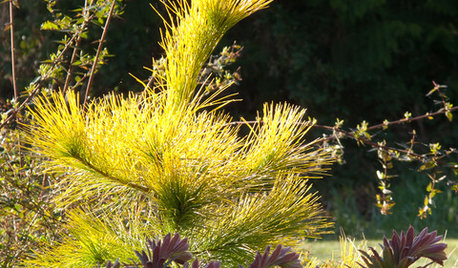
GARDENING GUIDESGreat Design Plant: Louie Eastern White Pine
This stunning golden conifer will bring a smile to your face and add a ray of sunshine to your winter garden
Full Story
LANDSCAPE DESIGNAll-White Gardens Light Up the Night
Lustrous blooms in white, cream and the palest ivory enchant in the landscape at night — and can be practical too
Full Story
GARDENING GUIDESGreat Design Plant: Cephalanthus Occidentalis
Buttonbush is an adaptable woody shrub with delightful pincushion flowers
Full Story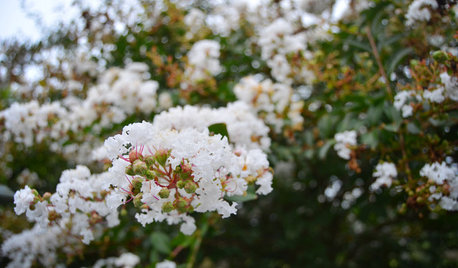
GARDENING GUIDESBrighten Any Garden With White Crape Myrtle
A terrific supporting player to other plants, white crape myrtle can help a walkway or other parts of a landscape gleam
Full Story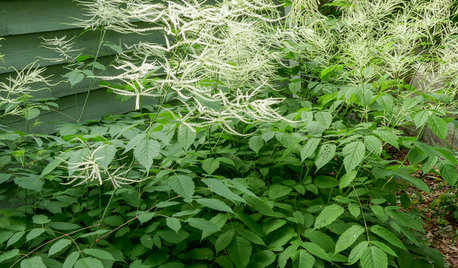
FLOWERS AND PLANTSAruncus Dioicus Is a Stately Plant for Shady, Moist Garden Spots
Plant goat’s beard in perennial and woodland gardens. Its large white spring blooms attract bees, beetles and butterflies
Full Story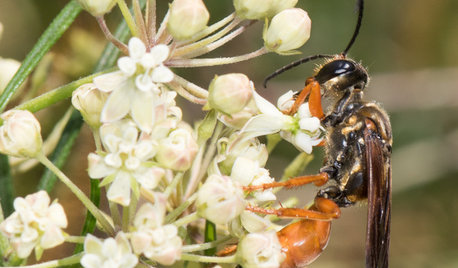
GARDENING GUIDESGreat Design Plant: Asclepias Verticillata
Plant whorled milkweed in dry central and eastern U.S. gardens to attract monarch butterflies and other insect pollinators
Full Story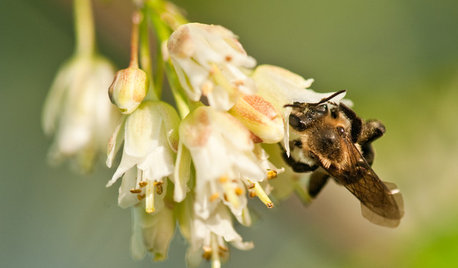
GARDENING GUIDESGreat Design Plant: Staphylea Trifolia Shines in the Shade
Plant American bladdernut for 3 seasons of interest: spring flowers and striped brown branches and bladder-like seedpods in fall and winter
Full Story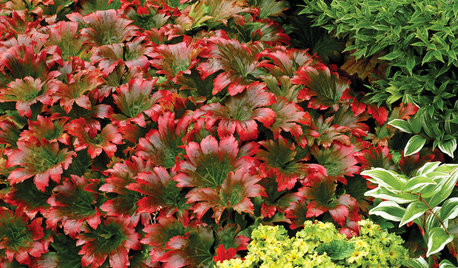
RED FOLIAGEGreat Design Plant: Red-Leafed Mukdenia
Creamy white blossoms give way to splashes of scarlet with this energetic, dramatic ground cover
Full Story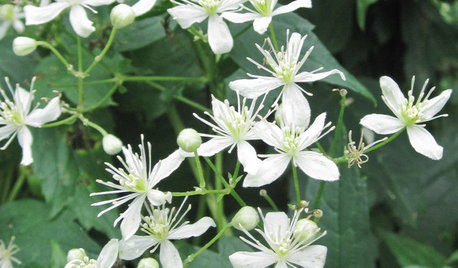
GARDENING GUIDESGreat Design Plant: Clematis Virginiana
Devil’s darning needles, a vigorous vine native to eastern North America, likes partial shade and many types of soils
Full Story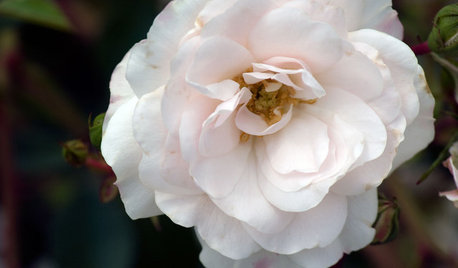
GARDENING GUIDES5 Favorite White Roses for a Purely Beautiful Garden
How does your garden glow? With roses that look like light and smell divine
Full Story



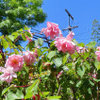
barb422